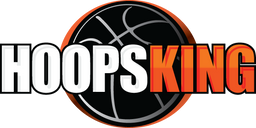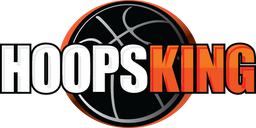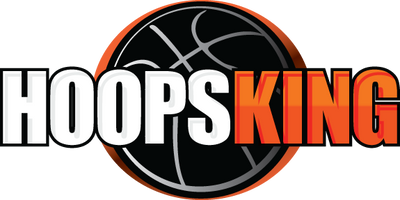Of all weather events, extreme heat leads to the most fatalities in the United States. Whether youth basketball players are working out under the blazing sun on outdoor courts or playing indoor games, preventing heat-related illnesses is a crucial step to keeping them safe.
What They Are
You may witness a few different forms of heat illness among athletes. Heat stroke is the most serious and can prove life-threatening if not recognized and addressed immediately. Someone suffering from heat stroke can see their core temperature go up to 106 degrees Fahrenheit and above. Signs of heat stroke include nausea, sudden confusion or dizziness, headache, seizures, and/or a racing heart rate. Heat exhaustion is usually a slower-developing problem but can progress to heat stroke. You may see a basketball player who is sweating more than usual and breathing shallowly. They may report that their heart is beating too fast or feel faint/lightheaded/dizzy. With heat stroke, the pulse appears to be strong while with heat exhaustion it is weak. Muscle spasms, also known as heat cramps, may affect the legs, arms, or abdomen of an athlete during exertion. Heat syncope is fainting from exposure to excess heat. Finally, a heat rash can show up from constant exposure to sweat.
How to Prevent Them
The most effective way to prevent heat illnesses is to maintain hydration. Drinking water is important, but replacing salts and minerals lost through sweating is also crucial. A close second to preventing dehydration is to avoid excessive heat. Players may forget that even indoors basketball courts can get hot. Coaches have a responsibility to prevent heat exhaustion and other illnesses in their athletes. Not only do they need to keep a close watch over their charges for any signs of fatigue or exhaustion, but they should also familiarize themselves with each player's risk factors. Allergy medications and tranquilizers can increase sensitivity to heat. Being overweight may inhibit a youth's natural ability to get rid of excess heat. Coaches need to ensure children have dressed appropriately for hot weather. Very young children are more vulnerable to heat illnesses, especially heat exhaustion and heat rash. Adults should supervise youths to make sure they drink sufficient fluid before, during, and after exercising. Above-average humidity or a high heat index will each make exercising especially dangerous.
How to Deal with Them
If you suspect a youth is suffering from heat exhaustion or heat stroke, you need to act immediately.Remove any restrictive clothing if relevant and attempt to cool by spraying with water, using a fan, and removing them to air conditioning. If the player is not nauseated or suffering from a seizure, give fluids. With heat exhaustion, you can even consider giving salted snacks to rebalance sodium levels. Enlist emergency medical help at the same time you are administering first-aid treatment for heat stroke victims. If a basketball player is experiencing heat cramps, have him stop exercising and sit in as cool a place as possible. He should drink fluids and stretch out the cramped muscles. These athletes should not return to exercise for several hours. If a player suffers multiple episodes of syncope, it warrants a medical evaluation.
The strenuous activity of basketball naturally leads to an increase in a youth's body temperature. When combined with environmental heat, it can lead to detrimental health illnesses. Knowing what to look for, how to prevent overheating, and when to administer urgent treatment can help keep basketball youths safe.
For all your basketball training equipment needs, Hoops King is there for you. Check out our basketball strength training equipment!




